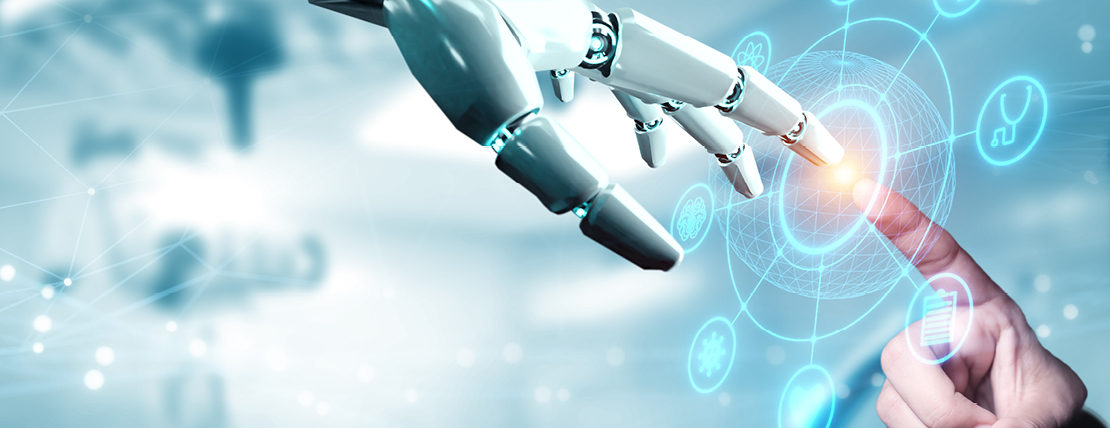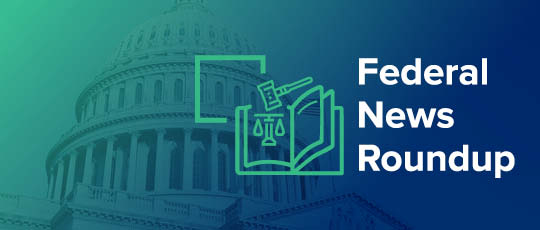For WorldatWork Members
- Technology to Move the DEI Needle, Workspan Magazine article
- AI Copilots: Improving the HR Experience for Employees, Journal of Total Rewards article
- TR Is Key to Successfully Integrating AI and Work, Journal of Total Rewards article
For Everyone
- New U.S. Attorney General Lays Out Broad DEI Termination Plans, Workspan Daily article
- U.S. Departments and Agencies Initiate Tasks to Internally Rescind DEI, Workspan Daily article
- Driving DEI: Some Seek to Tap the Brakes, Others Press the Accelerator, Workspan Daily article
- How AI Is Transforming the Total Rewards Landscape, Workspan Daily article
With all the current news around diversity, equity and inclusion (DEI) initiatives (also known as the push toward equitable and diverse workplaces), a significant shift within the business community is occurring — one that is forcing HR and total rewards (TR) professionals to confront profound changes reshaping years of organizational strategy and workforce management.
This article does not aim to address the contentious debate surrounding DEI (or any other related moniker) itself. Instead, it focuses on how artificial intelligence (AI) can be a powerful tool for advancing objectives that overlap with principles of equitable and diverse workplaces — namely, fairness, opportunity and equity — regardless of the organization’s position on DEI, equitable and diverse workplaces, etc. It explores how businesses can use AI to benefit both employees and the organization.
The Enduring Importance of Workplace Fairness
Equitable and diverse workplaces are designed to address systemic and structural barriers that historically have created unequal outcomes. Equitable and diverse workplaces consist of both philosophical (advocating for broad, systemic change) and practical components (driving outcomes within a specific organization).
Today, the term “DEI” has Rorschach qualities and trigger responses beyond the meaning of the words. But there is a significant overlap between the “diversity” label and the widespread recognition of the importance of a diverse workforce. In other words, how to apply principles of fairness, professional development and work-life balance to employees — regardless of Title VII or other classifications — without taking a position on the contentious aspects of DEI.
Fairness is neither a consolation prize nor a euphemism for DEI. Fairness is applicable to all population groups, with the goal of creating workplace environments that value the contributions of every individual, regardless of background and identity.
A consensus that organizations should apply workforce fairness to all their employees gives them space to agree to disagree on some of the more contentious principles of DEI.
An AI Framework for Workplace Fairness
How can organizations achieve (or work toward the goal) of employee fairness?
AI, with continued advances in this emerging technology set, can provide tools for organizations to identify disparities between different groups of employees, gain insight into the drivers and root causes of these disparities, and even find solutions to mitigate or remediate them.
Moving forward likely starts with an ability to access and analyze vast amounts of data generated in most organizations’ HR systems — for instance, a human resource information system (HRIS), applicant tracking system (ATS), learning management system (LMS), and/or payroll and ancillary information technology (IT) and communications systems.
From this, three primary tools may be applied:
- Anomaly detection
- Explainable AI
- Prescriptive AI
Combined, these tools can provide a comprehensive approach to identifying and rectifying unfairness, all while mitigating transparency and accountability concerns.
Anomaly Detection: Identifying the Problem
AI can detect anomalies in large datasets, patterns that would likely go unnoticed by human analysts. In the context of fairness, AI can flag instances where certain employee groups face disparities in career progression, pay raises or other key workplace metrics.
Let’s use the example of internal mobility data. AI can be trained to identify an anomaly where specific clusters of employees (Group A) are advancing at a significantly slower rate than other population groups within the organization.
Similarly, it might detect clusters of employees (Group B) moving through the ranks faster than expected.
It should be noted that the algorithm is not trained to analyze the performance of any specific group but to identify patterns that are unusual. Also, just because Group B is advancing much faster than Group A does not necessarily mean the organization is not providing a fair and equitable work environment.
It means there are significant disparities — potential signs of unfairness — that require further investigation.
Explainable AI: Root Cause Analysis
Once anomalies are detected, the next step is understanding why they exist. This is where “explainable AI” (XAI) comes into play. This is a methodology within AI that is based on game theory and can be used to uncover the underlying reasons behind the detected anomalies. In doing so, it may increase transparency into the factors contributing to disparities. For instance, in the previous example, Group A’s slower advancement might stem from a lack of access to training or career development programs.

Conversely, Group B’s faster progression could be linked to well-structured mentorship initiatives that are not equally available to all employees.

This does not mean systemic barriers or bias do not exist — they may be present. But with XAI, algorithms are trained to identify the root cause of the discrepancies in the behavior or performance of clusters of employees without predefined objectives or targets for any population group.
Prescriptive AI: Recommending Solutions
The final stage in this AI framework is “prescriptive AI,” which leverages “what-if analytics” to model potential interventions and predict their outcomes. This stage goes beyond identifying problems and explaining their causes — it can provide actionable, data-driven solutions tailored to improve workplace fairness.
Here’s how it works:
- Modeling interventions. AI analyzes data to propose targeted actions. For instance, it might suggest revising performance evaluation criteria to ensure consistency, launching mentorship programs to support underrepresented groups or adjusting compensation structures to reflect regional cost-of-living differences.
- Simulating outcomes. These interventions are then tested in simulations to predict their impact. For example, AI could model how offering mentorship opportunities to a specific group might increase their promotion rates over time, or how adjusting pay scales might reduce turnover in high-cost regions.
- Refining decisions. Based on these simulations, organizations can evaluate the effectiveness of different strategies before implementation. This approach minimizes trial-and-error and aligns suggested changes with related data.
By using AI to simulate and refine potential solutions, organizations can take the guesswork out of decision-making. Rather than relying on subjective judgment or one-size-fits-all approaches, prescriptive AI allows TR pros to tailor interventions that are more likely to enhance fairness and equity across the workplace.
The Possibility of Fairness Without Divisiveness
Once fairness for all employees becomes the baseline objective, AI can be used as a tool for neutral, data-driven decision-making. Traditional programs for equitable and diverse workplaces often rely on group-based metrics that have become divisive. AI can be trained to help achieve outcomes or changes in behaviors, without the labels associated with one side of the political divide.
AI is not a panacea, and numerous guardrails are needed to prevent misuse or abuse. AI itself needs to be unbiased, and there are bias audits sometimes required by law. For HR and TR teams at a crossroads, AI is one way to tackle tough questions like:
- “Why do some departments have higher turnover than others?”
- Or, “Why are certain teams consistently overlooked for promotions when compared with others?”
With this clarity, leaders and practitioners can focus on consistently implementing useful, fair solutions that benefit everyone.
Editor’s Note: Additional Content
For more information and resources related to this article, see the pages below, which offer quick access to all WorldatWork content on these topics:







